Which of the following carboxylic acids could be resolved by reaction with an enantiomerically pure chiral amine
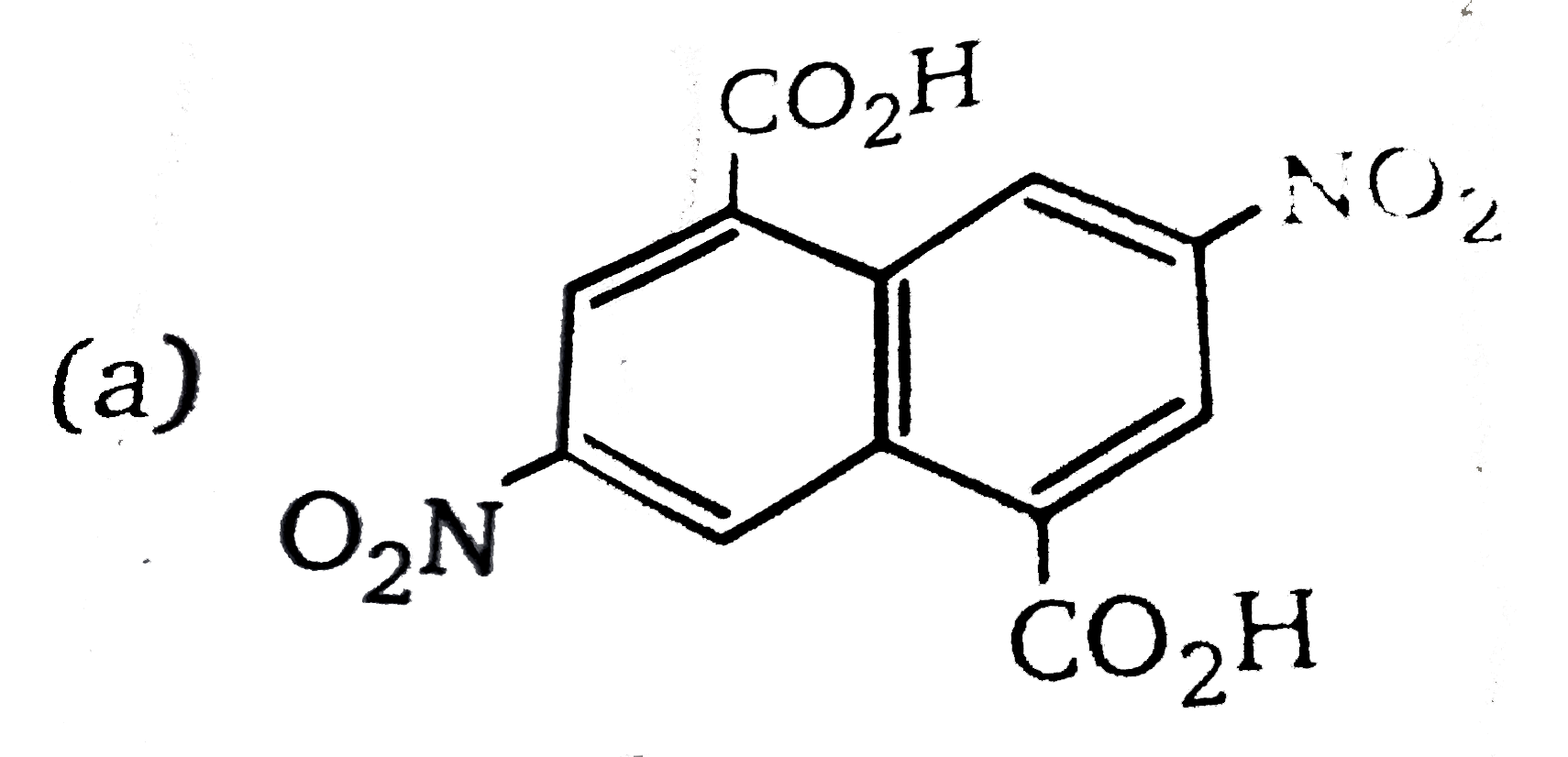
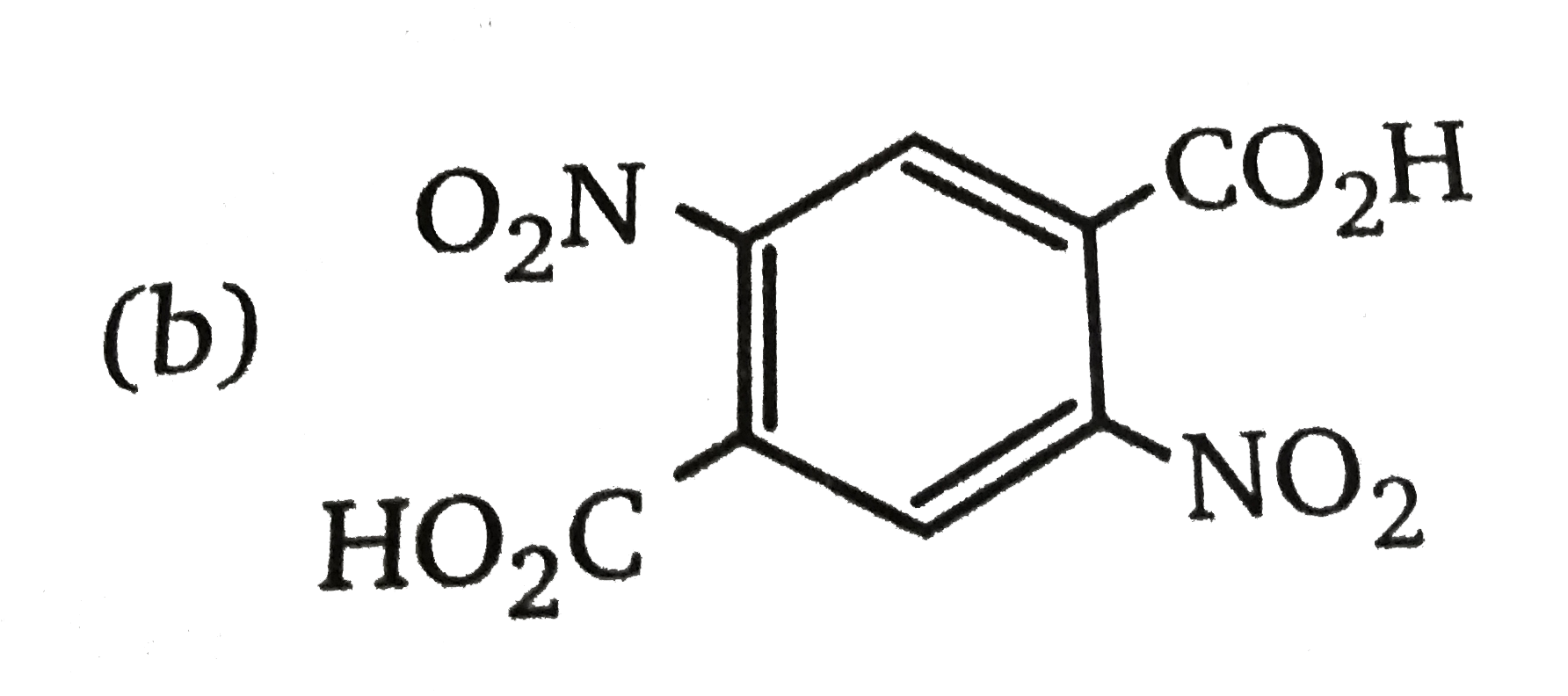
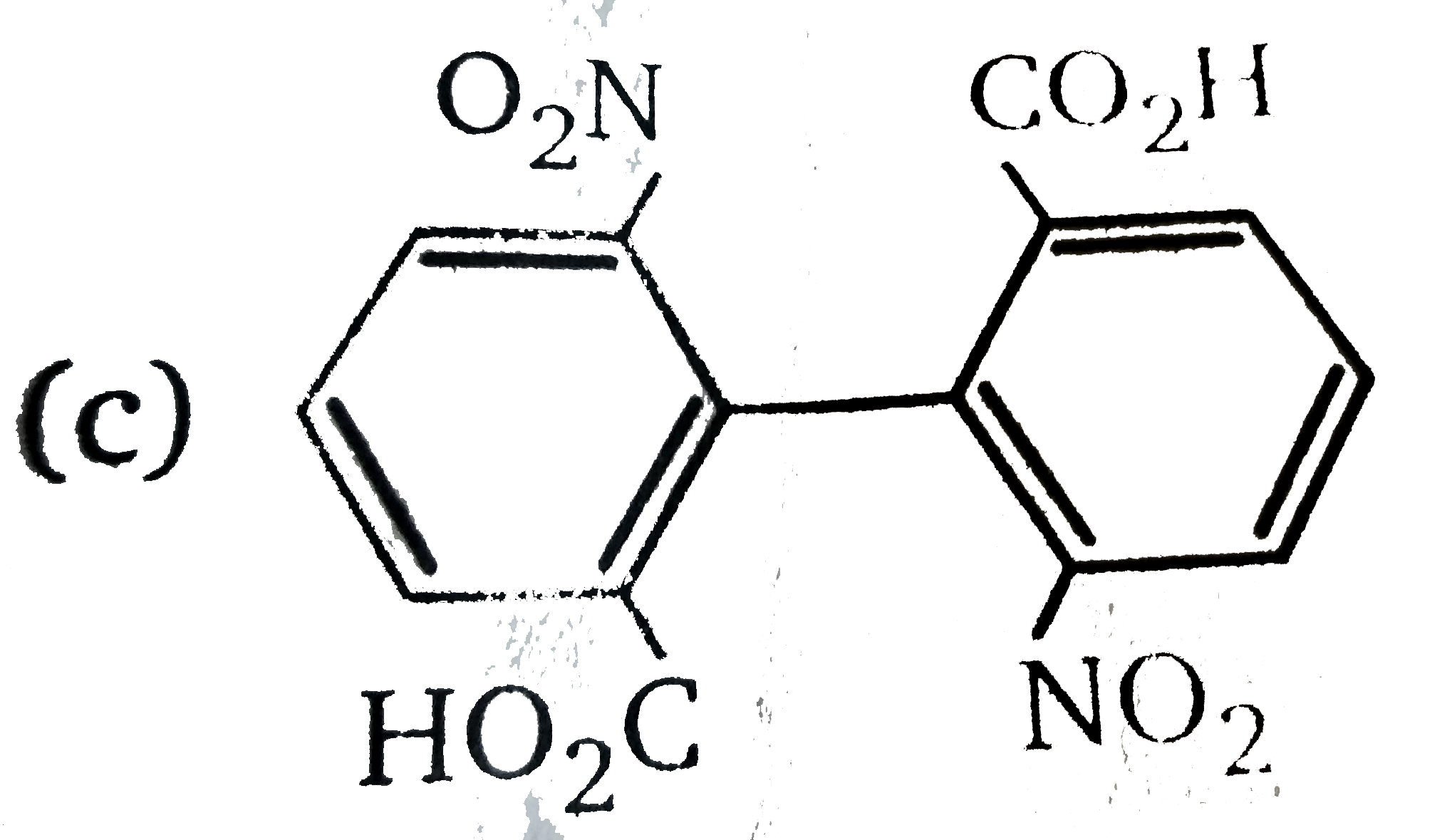

The correct Answer is:c
To determine which carboxylic acid can be resolved by reaction with an enantiomerically pure chiral amine, we need to identify whether the carboxylic acids in question are optically active. This involves checking for chiral centers and the presence of a plane of symmetry. Here’s a step-by-step breakdown of the solution:
Step 1: Identify Chiral Centers
- A chiral center is a carbon atom that is attached to four different groups. We need to examine each carboxylic acid to see if it has a chiral center.
Step 2: Check for Optical Activity
- If a compound has a chiral center, we need to check if it is optically active. A compound is optically active if it does not possess a plane of symmetry. If it has a plane of symmetry, it is considered meso and is optically inactive.
Step 3: Analyze Each Carboxylic Acid
- For each carboxylic acid provided in the options:
1. Examine the structure: Look for chiral centers.
2. Check for planes of symmetry: Determine if the compound can be divided into two symmetrical halves.
3. Determine optical activity: If a compound has a chiral center and lacks a plane of symmetry, it is optically active.
Step 4: Identify the Suitable Carboxylic Acid
- After analyzing all the options, identify which carboxylic acid is optically active. This is the one that can be resolved by reaction with an enantiomerically pure chiral amine.
Conclusion
- The carboxylic acid that is optically active (has a chiral center and no plane of symmetry) is the one that can be resolved with a chiral amine.
- A chiral center is a carbon atom that is attached to four different groups. We need to examine each carboxylic acid to see if it has a chiral center.
- If a compound has a chiral center, we need to check if it is optically active. A compound is optically active if it does not possess a plane of symmetry. If it has a plane of symmetry, it is considered meso and is optically inactive.
- For each carboxylic acid provided in the options:
1. Examine the structure: Look for chiral centers.
2. Check for planes of symmetry: Determine if the compound can be divided into two symmetrical halves.
3. Determine optical activity: If a compound has a chiral center and lacks a plane of symmetry, it is optically active.
- After analyzing all the options, identify which carboxylic acid is optically active. This is the one that can be resolved by reaction with an enantiomerically pure chiral amine.
- The carboxylic acid that is optically active (has a chiral center and no plane of symmetry) is the one that can be resolved with a chiral amine.
Topper's Solved these Questions
- BOOK - MS CHOUHANCHAPTER - ISOMERISM (STRUCTURAL & STEREOISOMERISM)EXERCISE - Level 1 (Q.1 To Q.30)13videos
ISOMERISM (STRUCTURAL & STEREOISOMERISM)
- BOOK - MS CHOUHANCHAPTER - ISOMERISM (STRUCTURAL & STEREOISOMERISM)EXERCISE - Level 1 (Q.31 To Q.60)9videos
ISOMERISM (STRUCTURAL & STEREOISOMERISM)
- BOOK - MS CHOUHANCHAPTER - GRIGNARD REAGENTSEXERCISE - Level 1 (Q.61 To Q.66)1videos
GRIGNARD REAGENTS
- BOOK - MS CHOUHANCHAPTER - NOMENCLATURE AND CONFORMATIONS OF ALKANES AND CYCLOALKANESEXERCISE - Additional Objective Questions (MCQ)1videos
NOMENCLATURE AND CONFORMATIONS OF ALKANES AND CYCLOALKANES
Similar Questions
Knowledge Check
- Question 1 - Select One
Which of the following carboxylic acid could be resloved reaction with an enantiomerically pure chiral amine ?
A B
B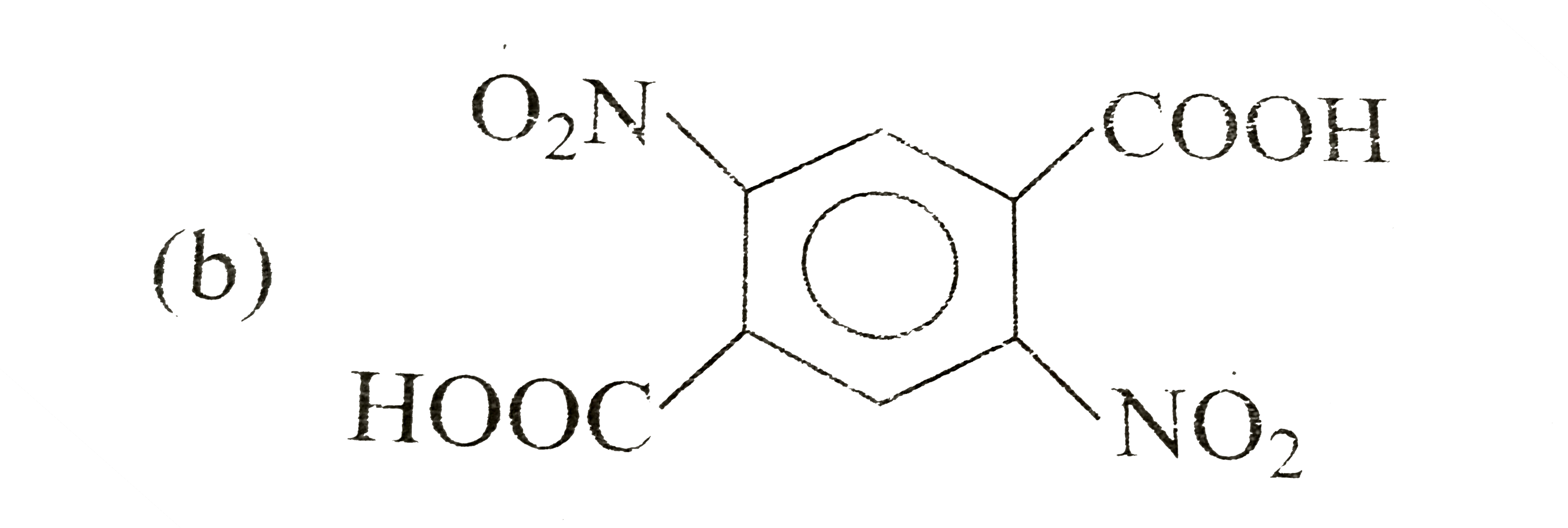 C
C D
D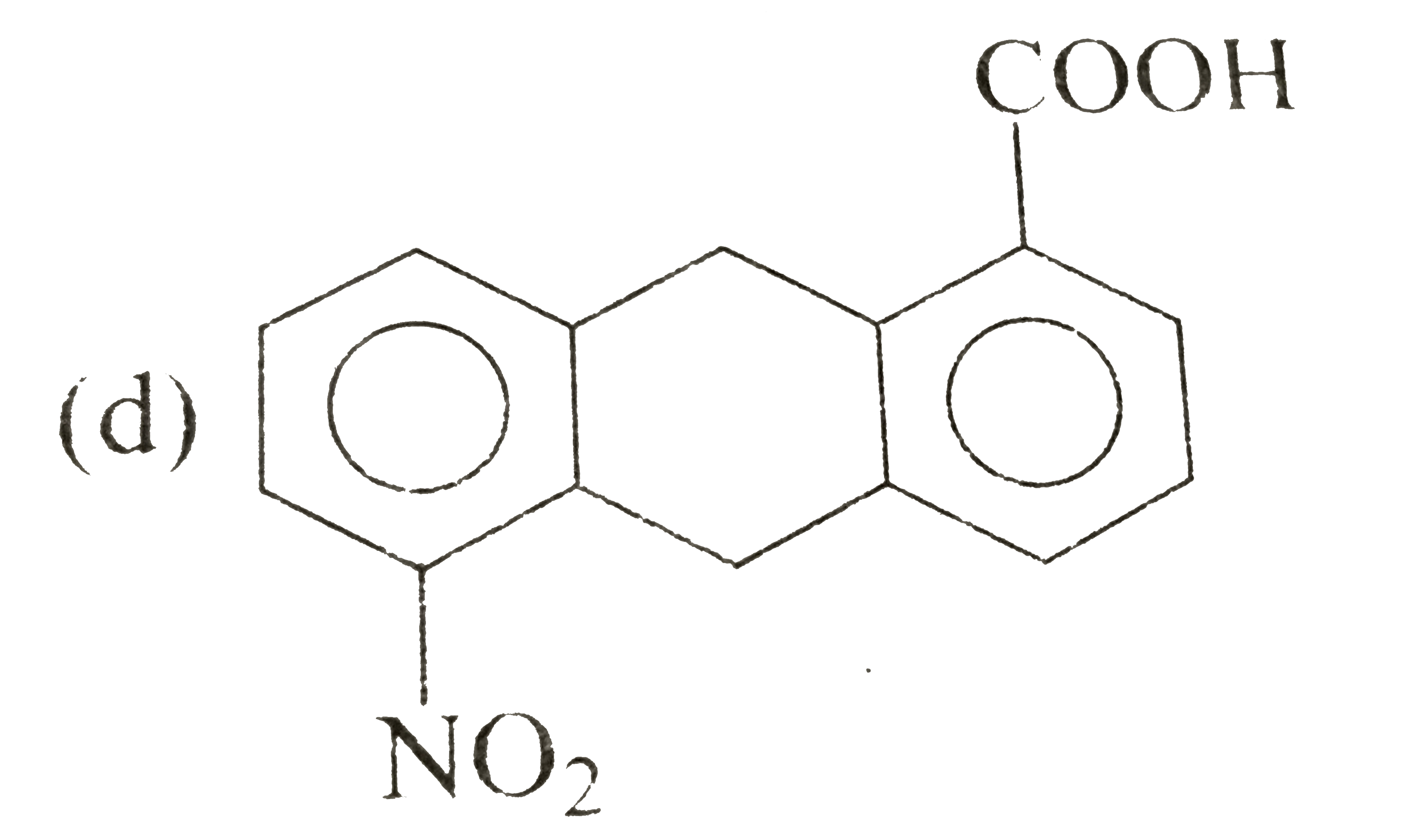
- Question 2 - Select One
Which of the following carboxylic acids undergoes decarboxylation easily
AC6H5COCOOHBC6H5COCH2COOHCC6H5CHOHCOOHDC6H5CH2COOH - Question 3 - Select One
Which of the following carboxylic acids undergoes decarboxylation easil?
AC6H5COCH2COOHBC6H5COCOOHCC6H5C∣OHOHH−COOHDC6H5C∣NH2HCOOH
Which of the following carboxylic acids undergoes decarboxylation easily ?
View SolutionWhich of the following carboxylic acids undergoes decarboxylation on heating ?
View SolutionWhich of the following carboxylic acids undergoes decarboxylation easily ?
View SolutionWhich of the following carboxylic acids is a tricarboxylic acid?
View SolutionWhich of the following carboxylic acids is most acidic in character-
View Solution

